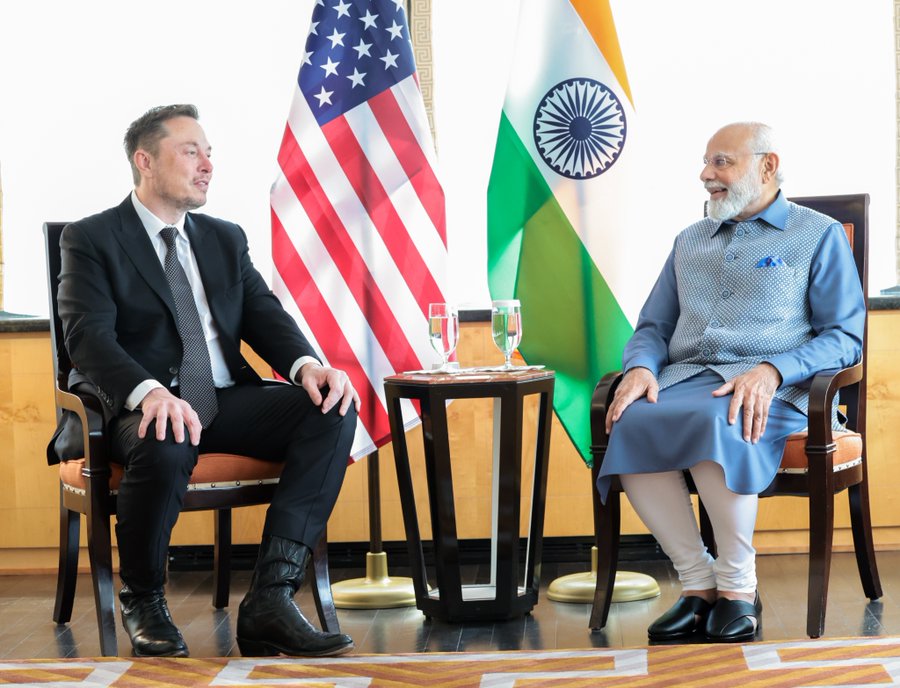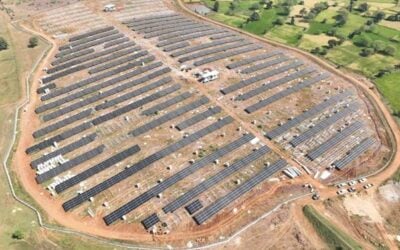
The Central Electricity Authority (CEA) of India has issued a new report identifying the potential for bidirectional electric vehicle (EV) charging to enable car batteries to serve as a grid resource.
National advisory body CEA published ‘Electric vehicles utilisation for vehicle-to-grid (V2G) services’ this week, an 84-page PDF document that looks at how smart charging infrastructure which enables flows of electrons to and from EVs could “create vast electricity storage capability”.
Enjoy 12 months of exclusive analysis
- Regular insight and analysis of the industry’s biggest developments
- In-depth interviews with the industry’s leading figures
- Annual digital subscription to the PV Tech Power journal
- Discounts on Solar Media’s portfolio of events, in-person and virtual
It includes technical analysis and has been created after the body was tasked by the national government with creating draft guidelines around the technology.
Certainly, as regular readers of Energy-Storage.news will know, the need for electricity storage has been well recognised already by India’s government and power sector stakeholders.
With the country targeting the deployment of 500GW of renewable energy by 2030, including 450GW of wind and solar PV, the Central Electricity Authority (CEA) recently modelled a need for about 60.63GW/336.4GWh of energy storage – of which roughly two-thirds would come from batteries and the rest from pumped hydro energy storage (PHES) – by 2029-2030.
This modelling was incorporated into recent guidelines by the Ministry of Power for promoting energy storage’s role in making renewable energy on the grid dispatchable, and blew away previous CEA modelling that estimated a need for 28GW/108GWh of energy storage by the end of this decade.
While much of India’s fleet of grid batteries will likely comprise utility-scale or distributed stationary battery energy storage system (BESS) resources, the CEA said in the new report that “V2G for electric vehicles holds the key to unleash synergies between clean transport and [the] low-carbon economy”.
“Batteries in cars, in fact, could be instrumental to integrate high shares of renewables into the grid. Optimally, EVs powered by renewables can spawn widespread benefits for the grid without adversely impacting the transport functionality,” the report’s authors wrote.
Cars typically spend 80% to 90% of their lifetime stationary and parked, and their batteries could be used for V2G and other bidirectional applications through centralised control architectures – where a centralised aggregator pools the resources of numerous EVs in a fleet – or in decentralised or local control architecture, where offices, factories or apartment blocks could leverage the stored energy.
For the centralised model, CEA found that at least 1MW to 2MW of power to trade would be required to make the use of EVs as a source of grid flexibility viable at a wholesale level, which equates to around 500 electric cars and charging points.
India’s EV fleet projected to reach 10 million cars by 2030
CEA identified several applications V2G could be used for, including ancillary services to balance the grid, load levelling, peak shaving, congestion mitigation and more.
However while the technology could be hugely beneficial, the Central Electricity Authority pointed out numerous challenges or barriers to adoption and successful operation. For example, without V2G resources being able to provide multiple flexibility services at system and local levels and therefore to stack multiple revenue streams, V2G business models “may not materialise”, according to the report.
Other interesting observations include fast or rapid chargers being less suitable for V2G than overnight or trickle charging, given the shorter length of time the EV sits idle in a fast-charge scenario, and the possible degradation impacts of V2G charging on a car’s battery cells.
Nonetheless, with India cited as the world’s third-biggest automotive market, targeting for 30% of all new vehicles sold by 2030 to be electric and forecast to see a 49% CAGR in EV sales to reach 10 million vehicles by the end of this decade, according to government survey figures cited by another national agency Invest India, the potential for V2G is being looked at closely.
This is in line with other high-growth EV markets such as California, where legislation to make bidirectional charging technology mandatory is being considered. Recent announcements of moves into the V2G space from the likes of Volvo Cars, Renault, Volkswagen and other automakers implies that V2G’s time may not come immediately, but is on the horizon.






